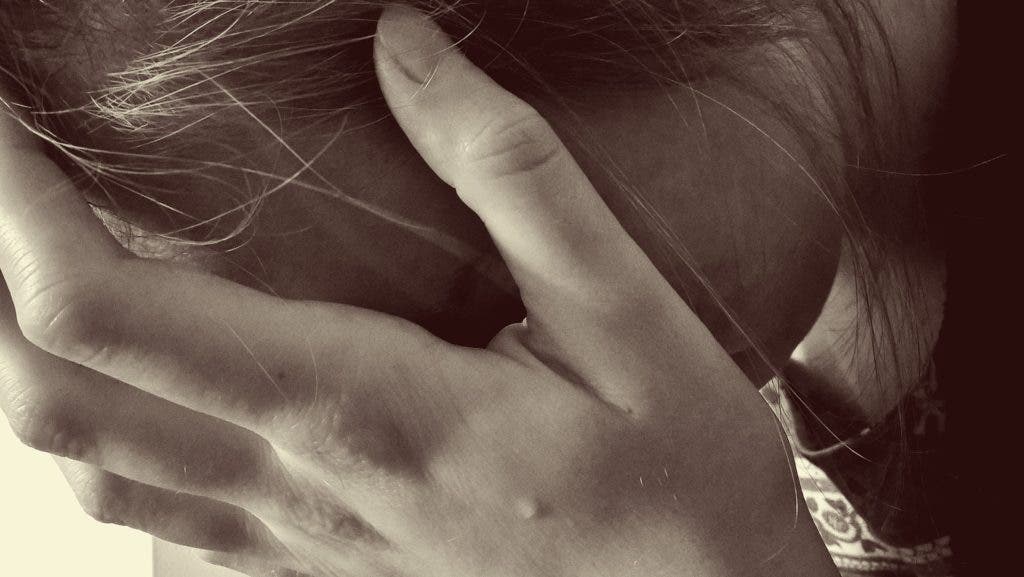
Anywhere from 30 percent to two-thirds of all suicide attempts are based on an impulse decision — the last drop in the bucket. We know this from the accounts of people who made near-fatal suicide attempts, 70 percent of whom made a decision in less than an hour. But while this measure of last resort is often taken on a whim, studies suggest that there are patterns that describe suicidal behaviour. If you have the right eyes, you can spot them then offer the necessary support and guidance, averting an unnecessary fatality. Robots, who can work tirelessly, might be our best ‘eyes’ even for spotting people contemplating suicide, say researchers who used machine learning.
The team led by John Pestian, a professor in the divisions of Biomedical Informatics and Psychiatry at Cincinnati Children’s Hospital Medical Center, enlisted 379 who were classed as either suicidal, mentally ill but not suicidal, or neither, the latter group serving as a control.
Each patient was assessed using a standardized behavioral rating scale and had to answer five questions meant to stimulate conversation. Questions like ‘Do you have hope?’ or ‘Does it hurt emotionally?’
Control groups tended to laugh more during interviews, sigh less, express less anger and emotional pain.
Both the verbal and non-verbal cues were extracted for each individual and fed to machine learning algorithms which were trained to spot the biological markers related to suicide. By combining linguistic and acoustic characteristics, the machine proved very accurate at predicting which of the three groups an individual belonged to. It was actually 93 percent accurate in classifying suicidal persons and 85 percent accurate in identifying a person who had a mental illness but was thinking about killing himself.
“These computational approaches provide novel opportunities to apply technological innovations in suicide care and prevention, and it surely is needed,” says Dr. Pestian. “When you look around health care facilities, you see tremendous support from technology, but not so much for those who care for mental illness. Only now are our algorithms capable of supporting those caregivers. This methodology easily can be extended to schools, shelters, youth clubs, juvenile justice centers, and community centers, where earlier identification may help to reduce suicide attempts and deaths.”
The findings appeared in the journal Suicide and Life-Threatening Behavior.






